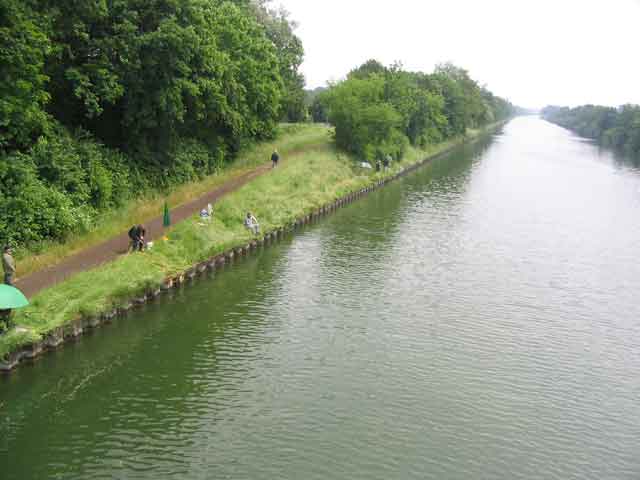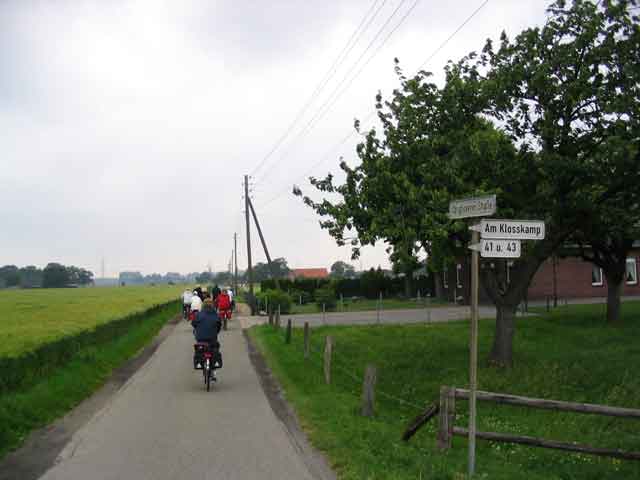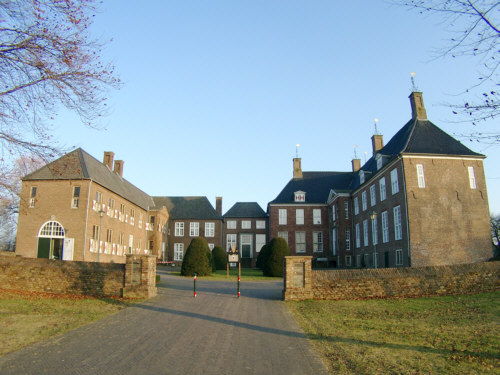

The city originates from a Franconian manor that was first mentioned in the 8th century. In the 12th century, Wesel came into the possession of the Duke of Cleves. The city was given extensive privileges and became a member of the Hanseatic League during the 15th century. Within the Duchy of Cleves, Wesel was second only to Cologne in the lower Rhine region as an entrepôt. It was an important commercial centre: a clearing station for the transshipment and trading of goods.

Wesel was inherited by the Hohenzollerns of the Margraviate of Brandenburg in 1609. Friedrich Wilhelm von Dossow was the Prussian Governor of Wesel during the 18th century. The city became part of the Prussian Rhine Province after the Napoleonic Wars.During World War II, Wesel became a target of the Allies particularly in its capacity as a strategic depot. On the 16, 17 and 19 February 1945, the town was attacked with impact and air-burst weapons and almost entirely destroyed. The Rhine and Lippe bridges were blown by the Wehrmacht; among others, on 10 March, the 1,950m long railway bridge, the last Rhine bridge remaining in German hands. On 23 March, Wesel came under the fire of over 3,000 guns when it was bombarded anew, in preparation for Operation Plunder. 97% of the town was destroyed before it was finally taken by Allied troops and the population had fallen from almost 25,000 in 1939 to 1,900 in May 1945.[1].

Wesel became part of the new state North Rhine-Westphalia in 1946 after the war.

"Schloss Ringenberg"